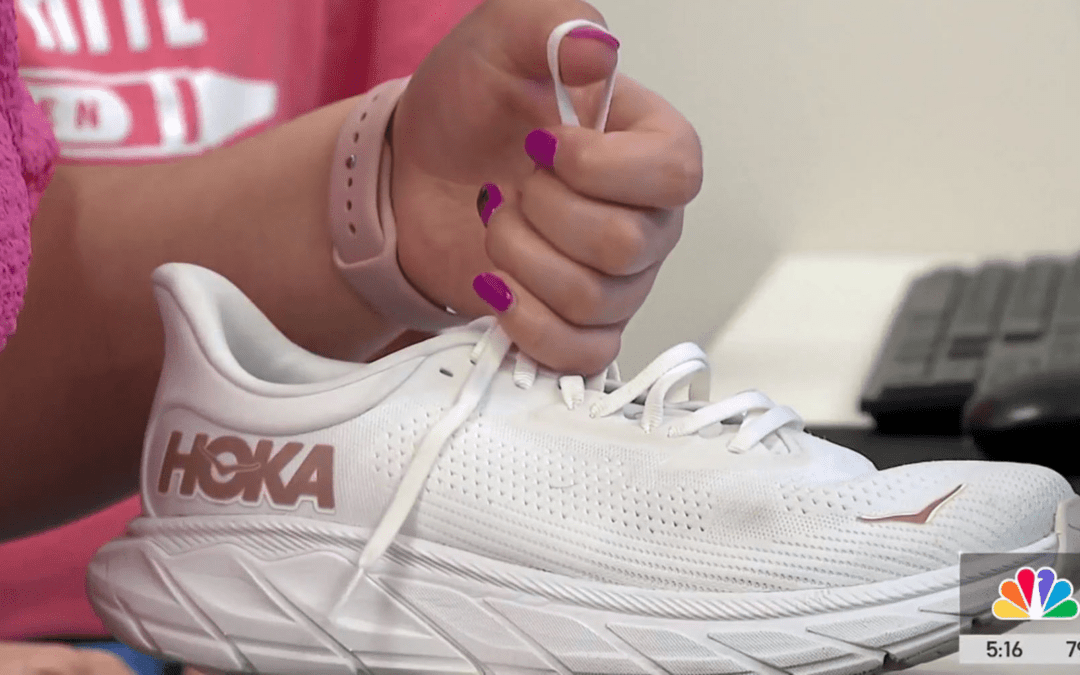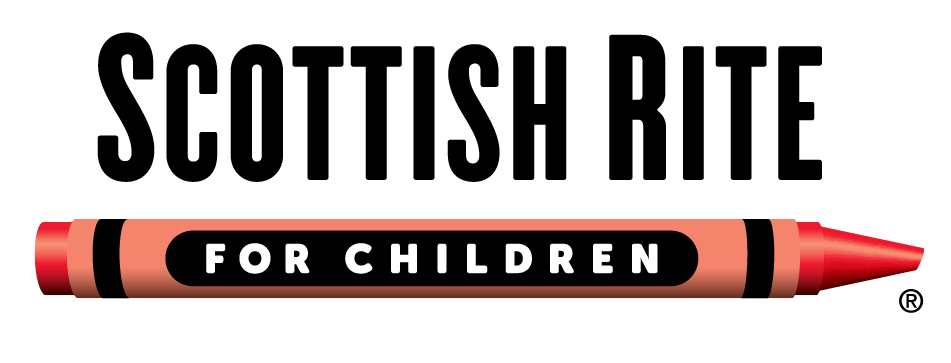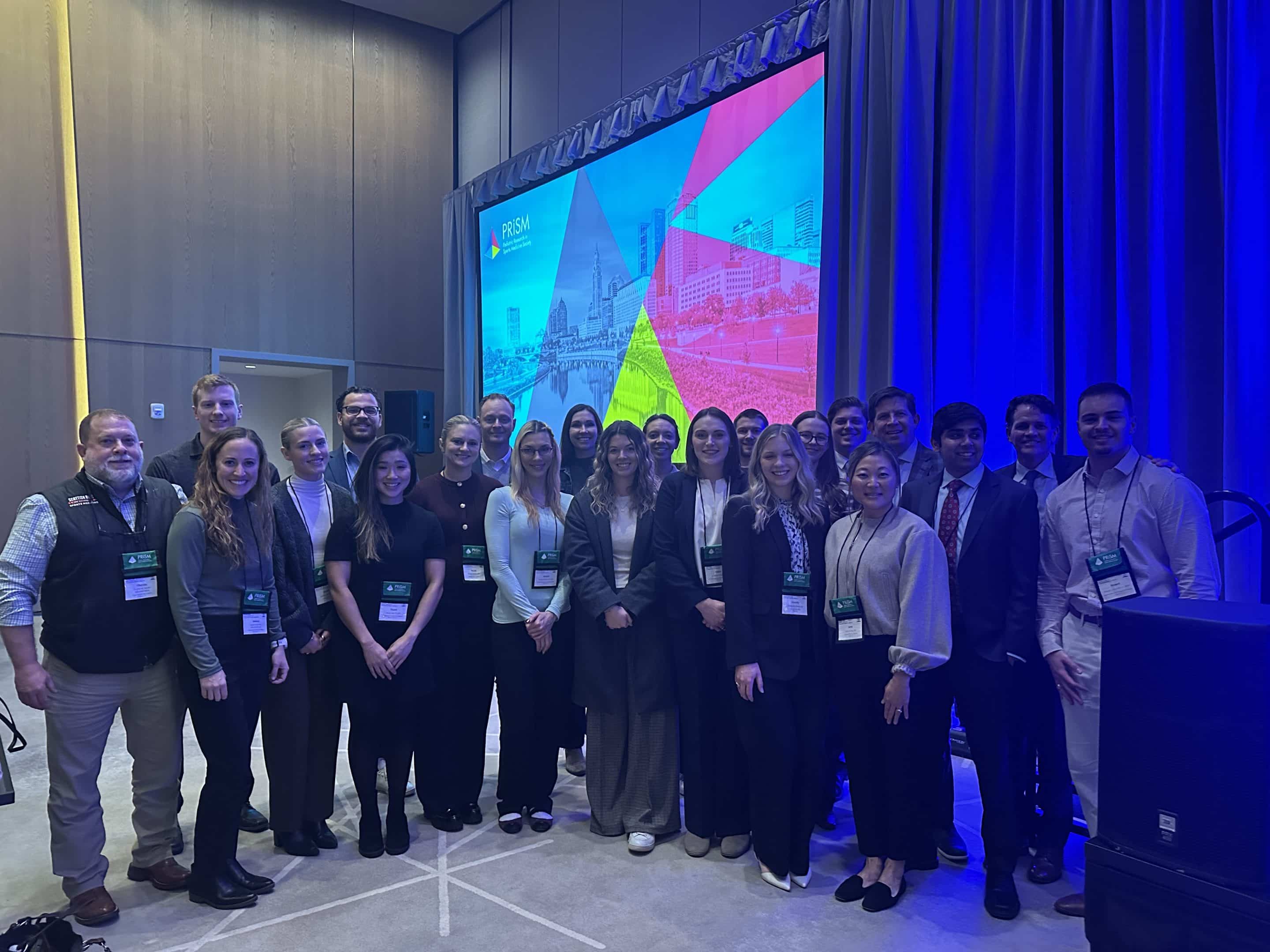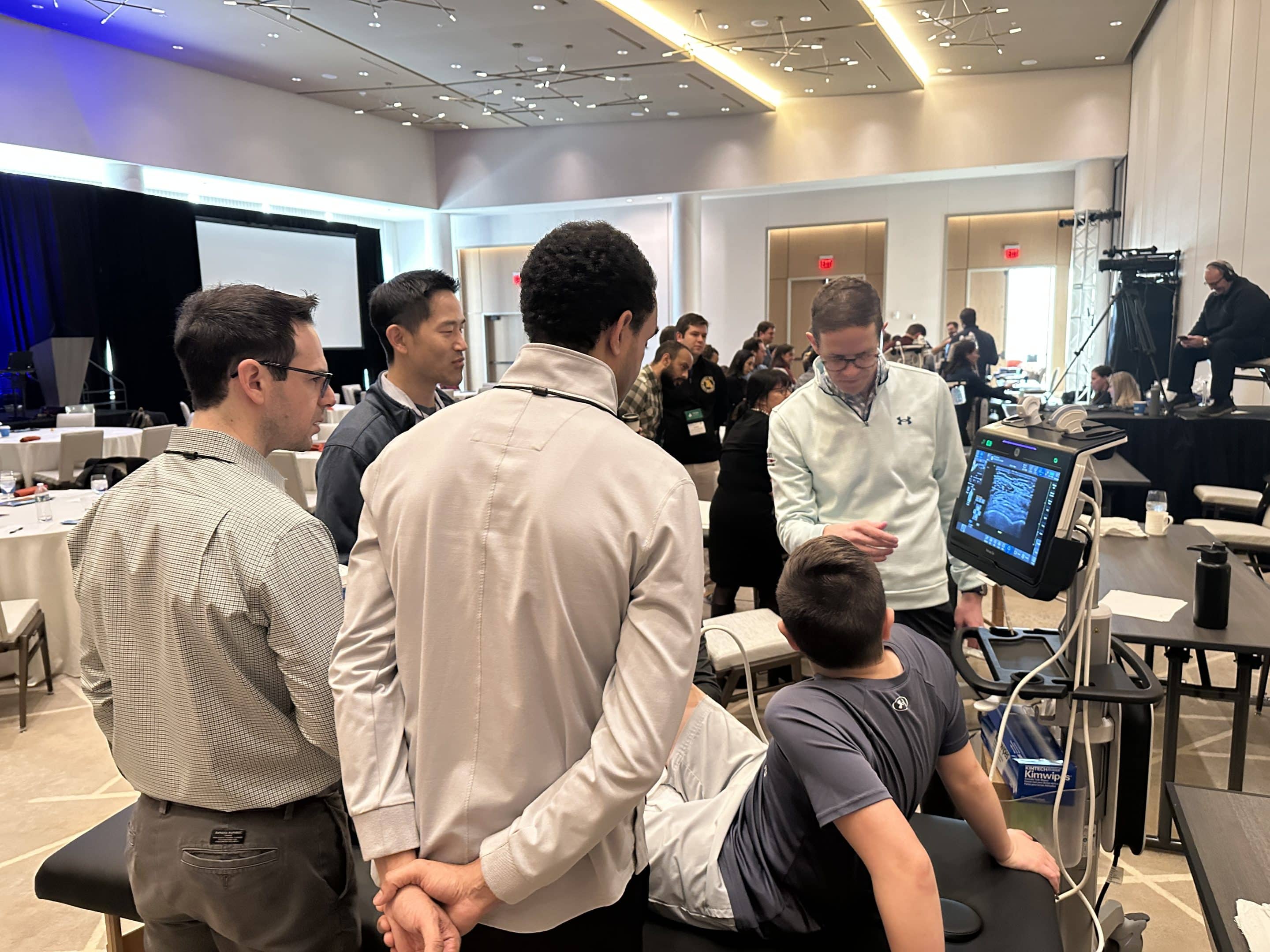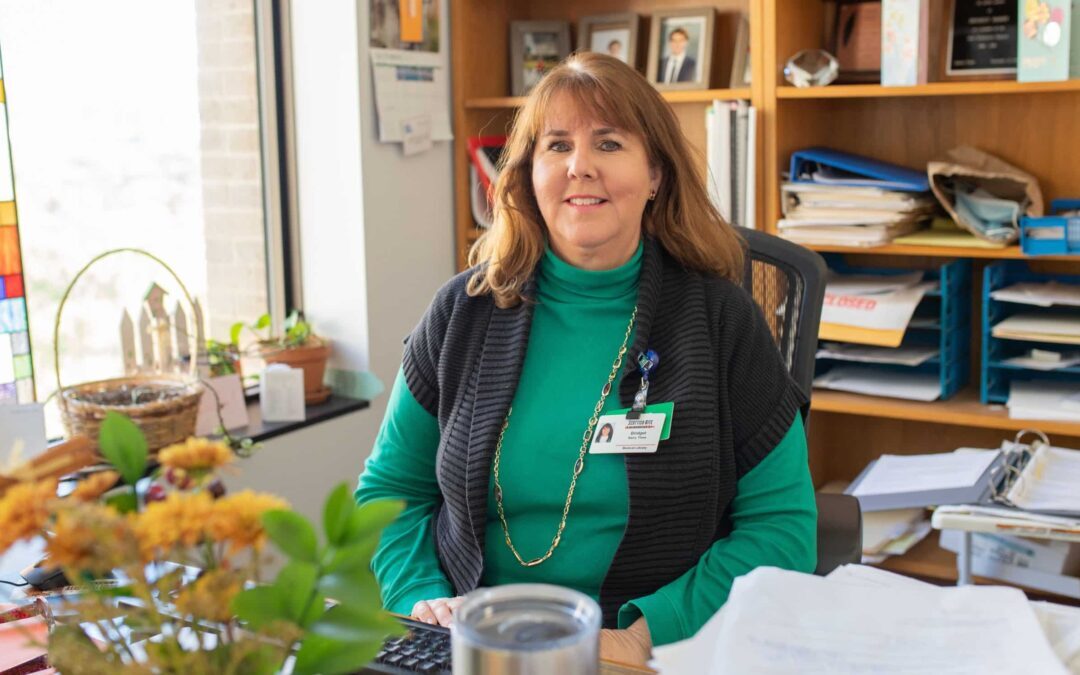Learn more about the annual internation Pediatric Musculoskeletal Ultrasound Symposium held at Scottish Rite for Children. Registration for the August 2025 program is open now.
Trainees in the Spotlight
Scottish Rite’s sports medicine team proudly supports young researchers and students in various programs. They mentor the young researchers by helping them prepare presentations for national audiences, such as PRiSM, and publish research, as the lead author or primary investigator.
Medical Student Research Fellow (MSRF)
Rishi Sinha, M.D., is an orthopedic resident at Virginia Tech Carilion School of Medicine. As he completed medical school at David Geffen School of Medicine at UCLA, he participated in the one-year Medical Student Research Fellowship at Scottish Rite for Children and collaborated the sports medicine and hip teams. Sinha shared data from the Sports Cohort Outcomes Registry (SCORE), a multicenter registry of pediatric and adolescent arthroscopy cases and complications. His presentation focused on skeletally immature anterior cruciate ligament (ACL) reconstructions and was nominated as a top ten contender for the Top Scientific Paper Award.
Clinical Orthopedic Research Assistant (CORA)
Each year, Scottish Rite seeks out college students in pursuing a career in medicine. Clinical Orthopedic Research Assistant (CORA) are hired to help Scottish Rite’s experts in collaborating on clinical research tasks and projects. CORA researchers specialize in an area of study and works with the experts in that department, exiting the program with a well-rounded experience to further their education in medical school or other post-graduate programs.
For the past two years, PRiSM has recognized two Scottish Rite for Children CORA researchers with trainee travel grants to present their projects. Trainee travel grants help members pay for the expenses to travel to conferences or other events to present their research. This year, the following CORA researchers gave two exceptional presentations:
- James McGinley, B.S., a former baseball player and first-year medical student at McGovern Medical School at UTHealth in Houston, presented findings from an ultrasound study on baseball players and a project on risk factors for osteochondral fractures in first-time patellar dislocations.
- Cassidy Schultz, B.S., presented a retrospective study on the incidence of rhabdomyolysis in North Texas and an anatomic study of the medial meniscus. She plans to become a physician assistant and will begin her program this summer.
Learn more about the Medical Student Research Fellow (MSRF) and Clinical Orthopedic Research Assistant (CORA) programs. These programs immerse medical students and college graduates in a highly productive academic setting to learn the skills necessary to become a successful musculoskeletal clinician researcher.
Awards and Accolades
In addition to the trainee travel grants, PRiSM society award committee members recognized a handful of outstanding projects. Recipients of these and other awards are selected by a small committee during the annual meeting.
Hank Chambers Best Scientific Paper Award
Our team is a significant contributor to data and efforts of the Research on Osteochondritis Dissecans of the Knee (ROCK) study group. The presentation of this data earned the Hank Chambers Best Scientific Paper Award, named for the founding member of PRiSM, Dr. Hank Chambers.
Kevin Shea Best Scientific Poster Award
Lead biomechanist Ashley Erdman, B.S., M.B.A., was awarded the Kevin Shea Best Scientific Poster for her project scrutinizing the medial knee position in the single-leg squat, a test used to evaluate knee collapse, or valgus, a known position that increases risk of ACL injury. The project is called, “Comparison of Most Medial Knee Position and Knee Abduction During a Single-Leg Squat Task: Are We Seeing the Whole Picture?”.
“Top 10” Poster
The poster titled, “Strength and Spatiotemporal Predictors of Fatigue induced Changes in Hip and Ankle Kinetics in High-School Cross-Country Runners,” was a top ten contender for Best Scientific Poster. In this poster and on the podium, sports medicine physician Shane M. Miller, M.D., and physical therapist Jessica Penshorn, P.T., D.P.T., A.T.C., shared findings from work on young runners in a project that began as an idea at the 2024 PRiSM annual meeting. They have tested young, long-distance runners in Scottish Rite’s Movement Science Lab in a novel study evaluating movement mechanics and running mechanics across the course of a five-mile run.
